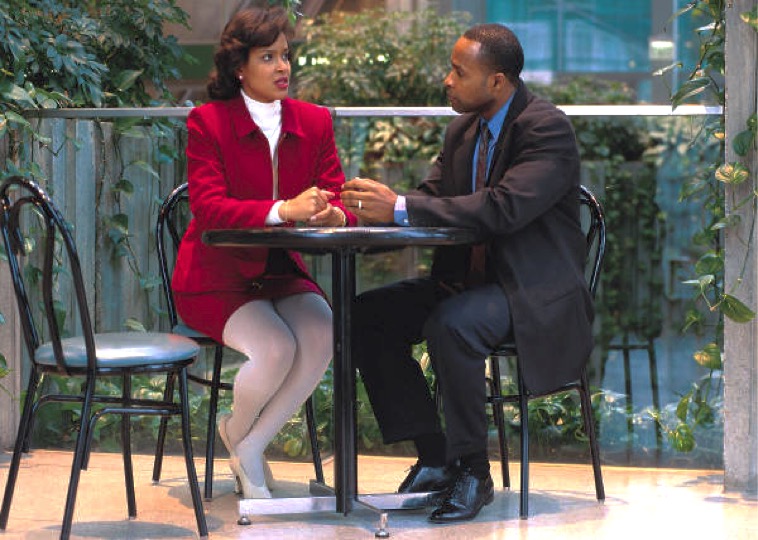How do we convey nonverbal communication to our readers?
For the first installment in this series, click here.
Nonverbal communication applies to more than dialogue exchanges.
Look for ways to use the physical senses. In a project I’m currently working on, one of the characters in a dialogue scene said, “Tell me about it.” The listener’s response was—The bitterness in her voice reminded him of biting into a sour apple.
A technique to improve our skill in this area is to study how our favorite authors do this. We can enhance this by our own observations of every day life. Watch how other people communicate nonverbally. Make at least mental notes of an action and give that action to one of your characters. Two books I recommend in this area are I Know What You’re Thinkingby Lillian Glass, Ph.D. and The Power of Body Language by Tonya Reiman.
Two things to remember as we flavor our stories with nonverbal is to avoid the trap of cliché. There are more ways of showing anger than clenching our fists or scowling.
The second is to use the influence of culture in our nonverbals. This can be from ethnicity such as some groups culturally avoid eye contact. Other groups use elaborate hand gestures. There are regional influences as well. People in the Southern United States comes across as friendly and willing to engage in conversation with total strangers in the check out line. People in Northeast are more taciturn. They’re also more likely to move away from you as if you’re contagious.
Some Types of Nonverbal
One is gestures with our hands and arms. How we move our head and position our body.
How do we speak: what is our tone, volume, pitch, and inflections—how do our characters say what they’re saying.
How does the character handle physical distance and personal space? How does it change in certain situations or emotions? Someone who tends to keep their distance may get up in another character’s face if angry. Another may cringe and almost shrink into themselves when frightened.
Do they maintain eye contact? Do they become nervous and awkward if another character tries too hard to maintain eye contact?
Do they communicate through touch? Do they touch another character as part of their normal style—hand on the arm, etc? Or do they make physical contact in moments of high emotion?
What does the person’s physical appearance convey? How do they use accessories such as jewelry and clothing to show who they are or who they want you to think they are?
What are some techniques you use to give show your characters nonverbal communications?


No comments yet.